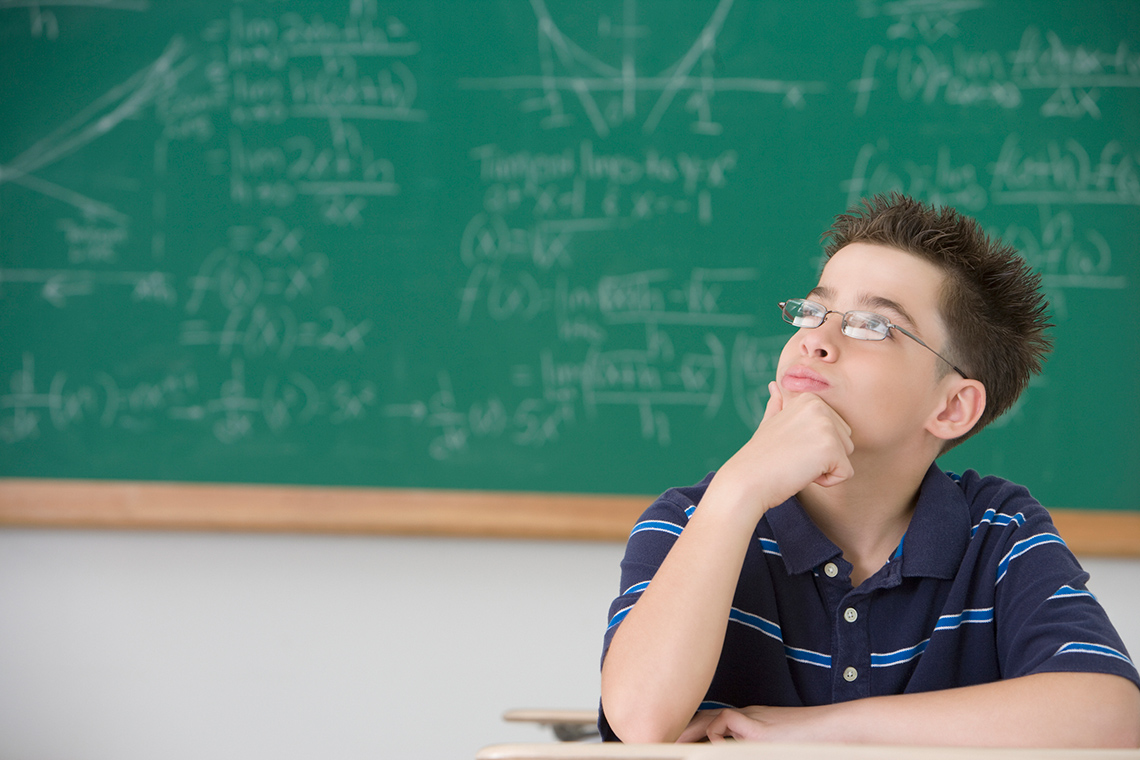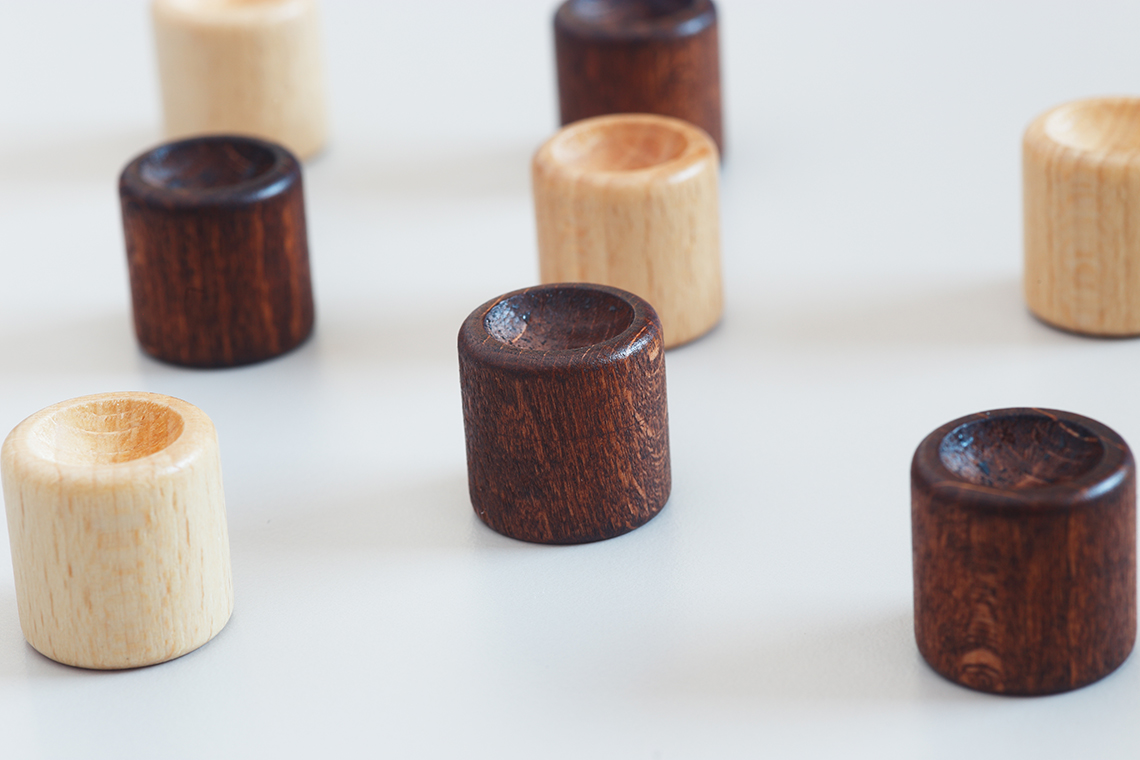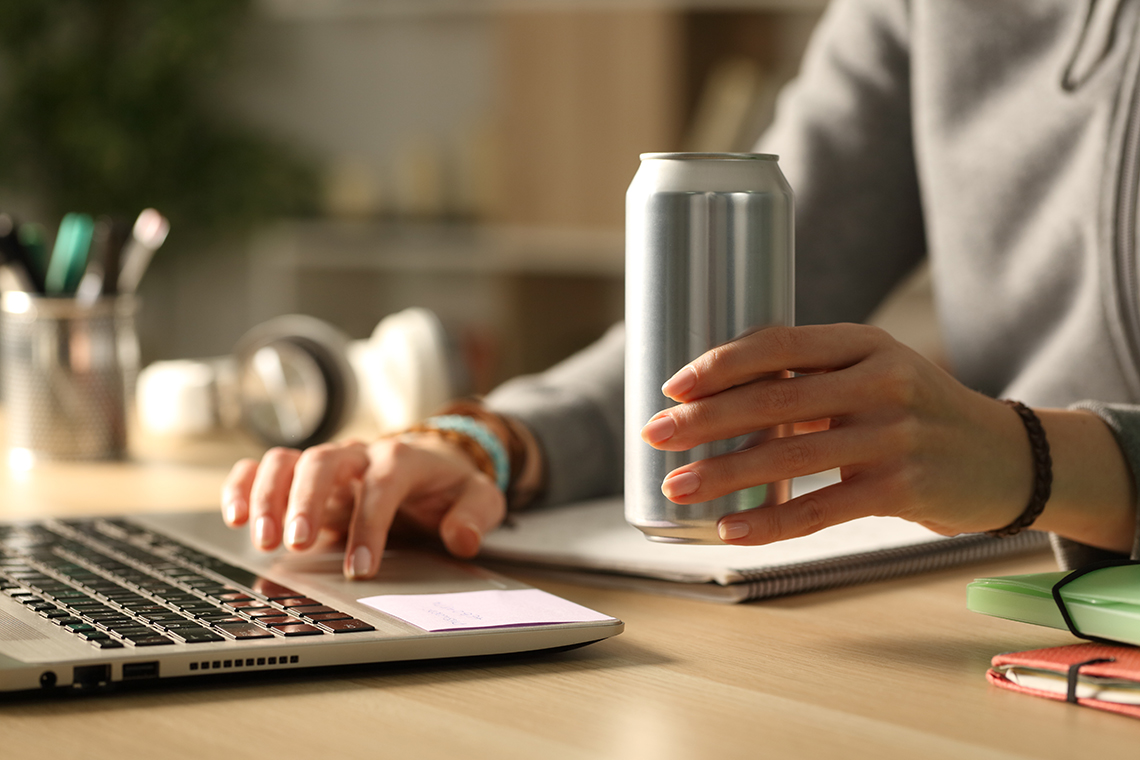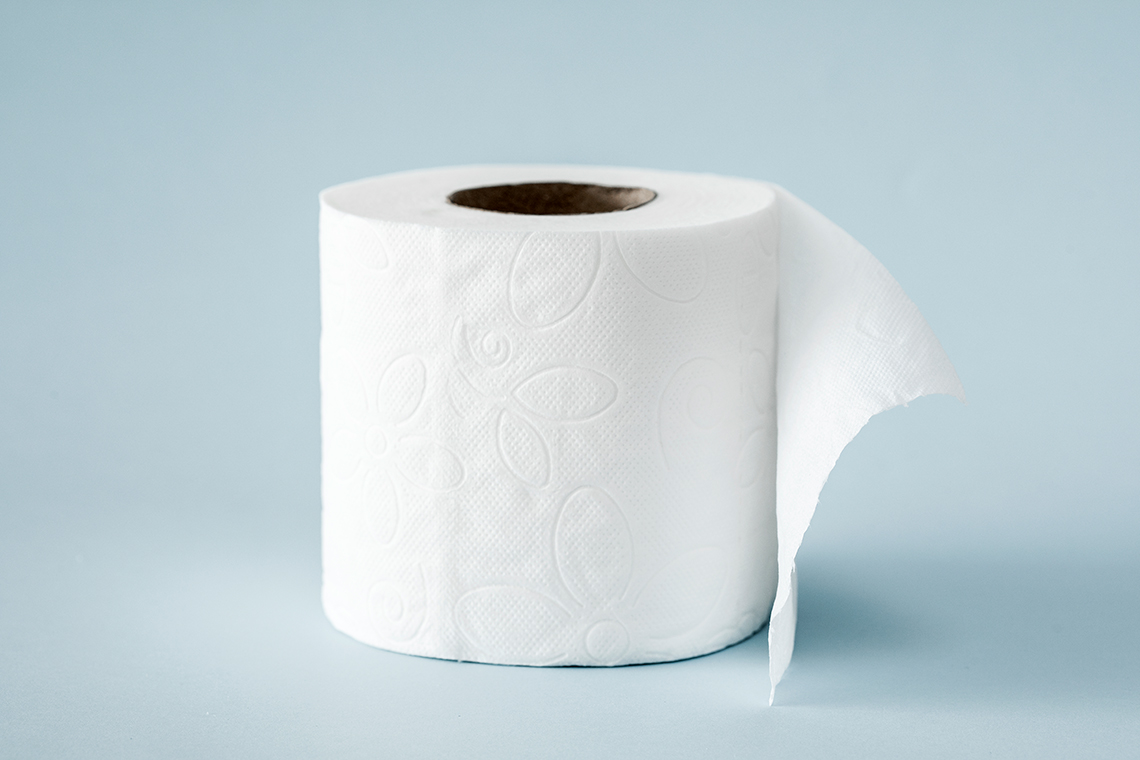Minds On
Cylinder scavenger hunt
Explore the cylinder in the following activity.
Brainstorm
Brainstorm
Brainstorm a list of real-world uses of cylinders. Conduct a virtual or physical scavenger hunt.
- brainstorm a list of cylinders you have used in your life
- investigate the internet for cylinders in real-world contexts

Some of the examples that you might have found include:
Compare some of the cylinders you have found.
Think about the following questions. Record your thinking using a method of your choice.
- Which cylinders would require the greatest amount of material to create?
- Is it possible that the cylinders might require the same amount of material to create even though they are different sizes? How is that possible?
Action
Task 1: Investigating cylinders
Consider the shapes required to create a cylinder. What if you took a cylinder apart?
Using a piece of paper (card stock or a light cardboard, if available, could work well too) create cut outs of 2 circles, using a compass, each with a diameter of 8 cm. Using the two circle cut outs and another plain piece of paper, are you able to create a cylinder? Record your response using a method of your choice.
You can also explore the 3D cylinder by clicking on ‘Unfold Shape’.
Alternatively, imagine opening the bottom and top of a soup can and then slicing down the side of the can and unrolling it.

Task 2: Exploring surface area of cylinders
Imagine a pair of students created a tube with a single sheet of paper by joining the two short ends together. They taped it to hold it together. If you have paper, you can try the following activity on your own as well.
They:
- traced the open end of the tube onto a new sheet of paper, twice, to form the end pieces, which were circles.
- calculated the area of each of the three pieces of paper that would be used to create the cylinder.
- added together the three areas to determine the total surface area of the cylinder.
Then they got a new piece of paper and rolled it the opposite way to create a new tube by joining the two long ends together. They taped it to hold it together.
They:
- traced the open end of the tube onto a new sheet of paper, twice, to form the end pieces, which were circles.
- calculated the area of each of the three pieces of paper that would be used to create the cylinder.
- added together the three areas to determine the total surface area of the cylinder.

Student Success
Reflect on surface area
Do you think that the surface area (the area of all the shapes that make up the faces of the cylinder) of the two cylinders will be the same? Why or why not? Record your thinking using a method of your choice.
Note to teachers: See your teacher guide for collaboration tools, ideas and suggestions.
Task 3: Exploring the net of cylinders
Nets can make it easier to find the two-dimensional shapes that make up a three-dimensional object such as a cylinder. The bases of cylinders are circles that are joined by a rectangle.
To create the net of a cylinder, we can imagine taking the top and bottom off and then unrolling the rectangle.

You will use what you know about the area of circles and rectangles to find the surface area of a cylinder. The following cylinder has a base diameter of 5 cm and a height of 20 cm.

Now, let’s divide this cylinder into its net. Try drawing or imagining the net on your own and record your answer using a method of your choice.
Then, press ‘Net of a Cylinder’ to compare your drawing of the cylinder net with the solution.

A net drawing of a cylinder: a rectangle has a height of 20cm, with equally sized circles that have a circumference of 5cm on the top and bottom. The base equals the circumference of the circles.

Using a method of your choice, record your ideas to the following steps. After you complete each step, press on each tab to reveal the answer.
d = 5 cm
r = d ÷ 2, so r = 5 ÷ 2 or r = 2.5 cm
A = π r²
A = π × (2.5)²
A = π × 6.25
A = 19.6 cm²
r = d ÷ 2, so r = 5 ÷ 2 or r = 2.5 cm
A = π r²
A = π × (2.5)²
A = π × 6.25
A = 19.6 cm²
b = circumference of circle
b = 2π r = 2(3.14)(2.5) = 15.7 cm
h = 20 cm
A = b × h
A = 15.7 × 20
A = 314 cm²
or the area of the rectangle can be completed in one calculation:
A =2πrh
A =2(3.14)(2.5)(20)
A = 314 cm²
Surface Area = area of top circle + area of bottom circle + area of rectangle
Surface Area = 19.6 + 19.6 + 314
Surface Area = 353.2 cm²
Press ‘Formulae’ to access formulae for area of a circle and rectangle, as well as perimeter of a circle.
Area of a circle: A = π r²
Area of a rectangle: A = b × h
Perimeter of a circle: C = 2π r or C = πd
Consolidation
Problem solving with cylinders
A soup can or coffee cup can be used to make a desktop pencil holder.
The can will be covered with paper, wallpaper, construction paper, or giftwrap.
How much paper would be needed to cover the outside of the can to turn it into a decorated pencil holder if you used the following measurements?
Remember, we want the top to be open. Will you cover the bottom?
Can A:
- base diameter 8 cm
- height 15 cm
Can B:
- base diameter 23 cm
- height 30 cm
Plan out your work.
Create a sketch of the net and label dimensions as you calculate them or record a description of the steps you would take.

Check your calculations as you explore the 3D cylinder by clicking on ‘Unfold Shape’.
Reflection
As you read the following descriptions, select the one that best describes your current understanding of the learning in this activity. Press the corresponding button once you have made your choice.
I feel...
Now, expand on your ideas by recording your thoughts using a voice recorder, speech-to-text, or writing tool.
When you review your notes on this learning activity later, reflect on whether you would select a different description based on your further review of the material in this learning activity.
Connect with a TVO Mathify tutor
Think of TVO Mathify as your own personalized math coach, here to support your learning at home. Press ‘TVO Mathify’ to connect with an Ontario Certified Teacher math tutor of your choice. You will need a TVO Mathify login to access this resource.
TVO Mathify (Opens in a new window)

